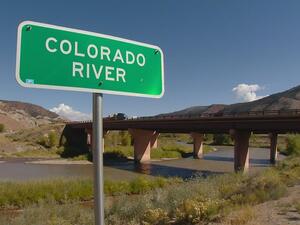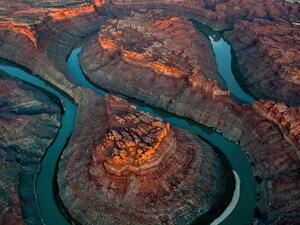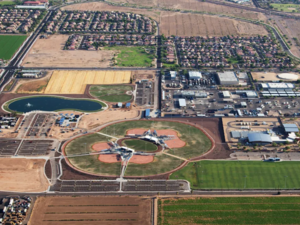Updates
Important news and updates about water issues in Arizona and the West, including news about the Arizona Water Blueprint and the Kyl Center for Water Policy.
Important news and updates about water issues in Arizona and the West, including news about the Arizona Water Blueprint and the Kyl Center for Water Policy.
Part 5: What are the obstacles to augmentation?
A project to move water, change its use, alter its quality or store it is likely to be expensive.

Part 4: Where will we get the water?

Part 3: Who pays for it?
People won’t move to a place if there’s not enough water for their needs. In a place like Arizona, where surface water supplies are relatively scarce, sustainable management of water is a prerequisite to developing a population and an economy.

Part 2: Is Water Augmentation Needed?
As used in this series, water augmentation refers to the effort to secure additional water supplies for current or future users. Development of water supplies has been a human undertaking since time immemorial, and it will likely continue in Arizona to ensure water for future demand.

Part 1: What is water augmentation?
augment (verb): to make greater, more numerous, larger or more intense
augmentation (noun): the act or process of augmenting something
Merriam-Webster.com. Merriam-Webster, 2022.

The Kyl Center for Water Policy introduces a new blog series featuring updates on Colorado River, groundwater and other water policy issues in Arizona. The next two years will be pivotal as stakeholders negotiate the reservoir operating rules that dictate Colorado River shortages in our state, and these shortages will impact our groundwater. We will try to bring some clarity through light-hearted updates featuring a movie theme. We hope you enjoy it!

As we work to reduce water use on the post-2026 Colorado River, two paths lie open before us.

The Kyl Center for Water Policy introduces a new blog series featuring updates on Colorado River, groundwater and other water policy issues in Arizona. The next two years will be pivotal as stakeholders negotiate the reservoir operating rules that dictate Colorado River shortages in our state, and these shortages will impact our groundwater. We will try to bring some clarity through light-hearted updates featuring a movie theme. We hope you enjoy it!
The Good, the Bad and the Ugly

Groundwater is water found in the cracks and small spaces between soil particles and fractured rock beneath the Earth’s surface. An underground layer that is saturated with water is called an aquifer.

The Kyl Center for Water Policy’s new report and interactive map allow you to explore the water use intensity, that is, average water use per acre, of many Central Arizona cities and towns. Although water demand is commonly thought to be tied to population, it is more directly linked to land use. Local decisions on density, industrial and agricultural patterns and the amount of irrigated or natural open space all greatly impact a community’s water use intensity.
